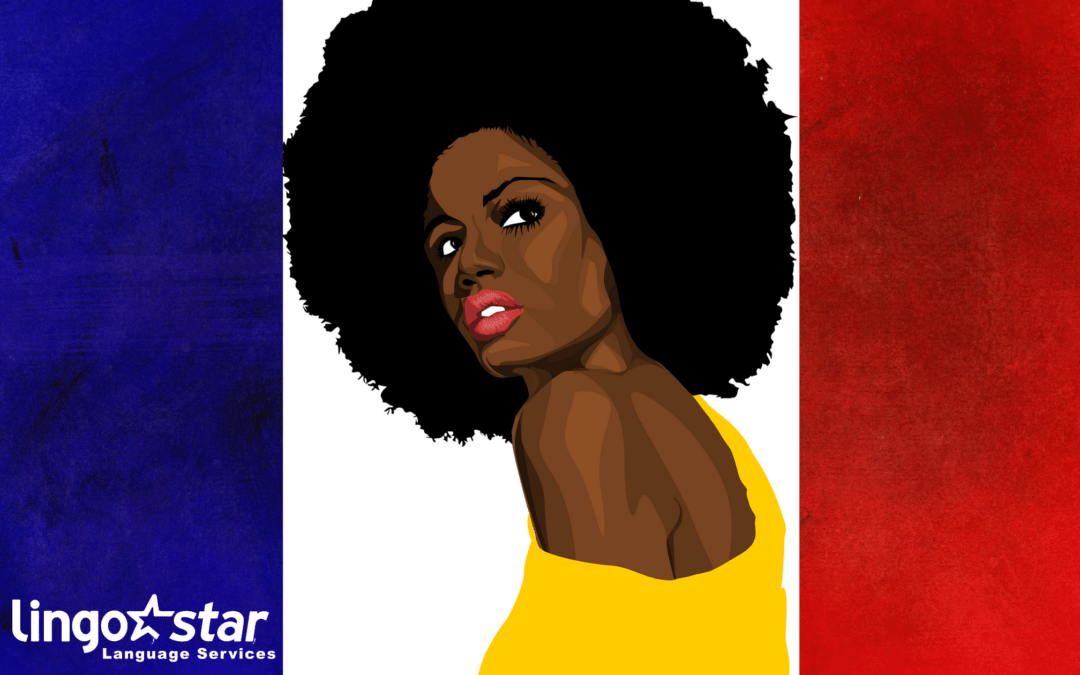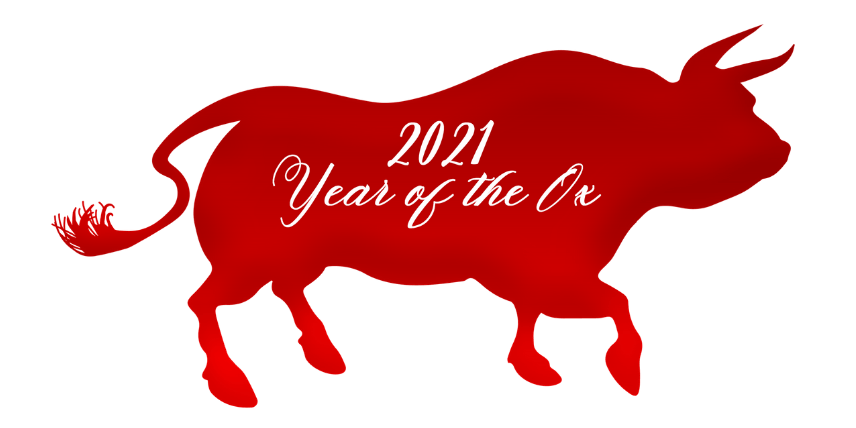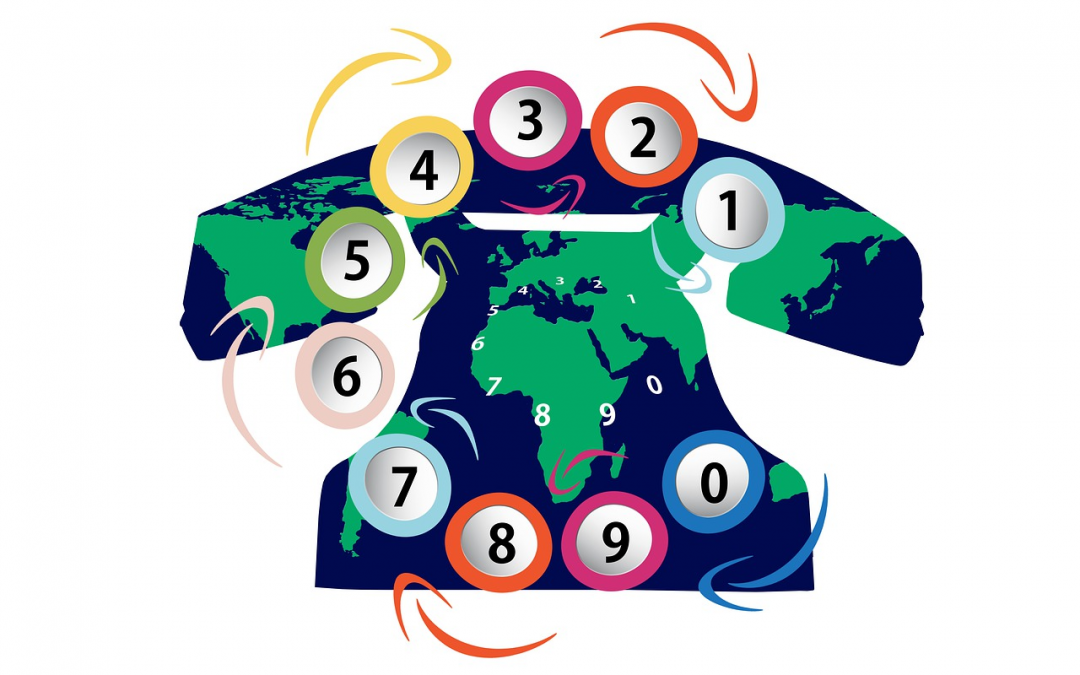
Apr 11, 2021 | Blog, Communication, Language Services, Tips, Translation
Learn how to produce multilingual subtitles in your YouTube videos Have you ever considered adding multilingual subtitles to your YouTube or company videos in English, Spanish, French, Chinese, Arabic, Russian or any other language? Do you see yourself or your company as a global communicator and multilingual content creator? Would you like to gain more exposure in different countries where people do not speak English as their native language? In this blog post and video tutorial, learn the basics of subtitling using YouTube Studio and how to easily add English and multilingual subtitles. Learning how to subtitle a video in other languages can be a lengthy process. There is not just the actual translation but also specific subtitling rules to follow. There are various subtitling programs, as well as different ways to display subtitles. Looking to hire professionals to add subtitles to your videos? Get a free translation quote here >>. How can you manage to learn it all? At LingoStar, we’ve used YouTube Studio to translate subtitles from English into French, Spanish, and Czech. We’ll show you the easy way to start creating your subtitled videos in foreign languages. By doing so, you’ll be able to attract viewers in multilingual communities both in your own country and worldwide. Are you ready to become a global entrepreneur? You’ll also find out how to use the closed caption option in YouTube where subtitles can be turned on and off. Furthermore, you’ll get to know about the differences between closed captions and embedded subtitles and how to handle both versions before publishing them on YouTube.YouTube offers the option to add subtitles...

Mar 25, 2021 | Blog, Language Services, Translation, Worldwide
The problems women of colour face in France… France is a country rich in cultural diversity, partly shaped by its immigration. In this article, we shine the spotlight on women of colour in France, the problems they face and their struggle. It will allow you to understand why, increasingly, women of colour are leading the fight against racism in France. Women of colour in France, and around the globe, are victims of both sexism and racism. In society, on social media, at work… Being different is stigmatized when it should be seen as something positive… A study published by France Stratégie (an institution planning the social, economic, environmental and cultural development of France) has shown that, in France, men have more working opportunities than women. And among all these men, Caucasian men have more opportunities than the others. So what about women of colour? Mentalities might be evolving but, unfortunately, racial and gender discrimination in the world of work is still deeply rooted. An example of discrimination against women of colour at work The French website Abenafrica contains numerous stories testifying to this sad reality. A 23-year-old woman from Martinique – a French overseas territory – explained that she had a team meeting at work. She entered the room and was about to close the door. Her boss said “Oh no, please, don’t close the door! It’s really hot today, just like in your country!” Her name is Émilie. She was born in Paris. France IS her home country. This is just one of the many examples witnessing the discrimination women and people of colour face every day. And...

Feb 23, 2021 | Blog, Traditions, Translation
Who celebrates the Lunar New Year? China and other Asian countries celebrate the Lunar New Year, also referred to as Chinese Chunjie, Korean Solnal, Vietnamese Tet, Tibetan Losar, or more commonly as the Spring Festival. In 2021, we welcome the Lunar New Year of the Ox! The origins of the Lunar New Year festival take place thousands of years ago with the legend of the Nian. Nian was a terrible monster that devoured human flesh on New Year’s Day. The stories explain that the beast was afraid of loud noises, fire and of the colour red. Consequently, during the celebration, fireworks are lit, red lanterns are hung and a lion made out of several people in costumes walks the streets. When does it take place? The festivities begin with the first new moon of the lunar calendar and end 15 days later, on the first full moon. The dates of the holiday vary from one year to the other as they follow the cycles of the moon. The holiday usually takes place between the 21st January and the 20th February of the Gregorian Calendar. In addition, a few days before the New Year, the sweeping of the ground starts: people fully clean their houses in the hope of getting rid of all the lingering bad vibes. It is customary for people celebrating Chinese New Year to give each other small red envelopes containing money. Furthermore, the Lantern Festival takes place on the last day of the Lunar New Year’s celebrations. If you are lucky enough to be in a place that celebrates it, you will find yourself amazed and...

Aug 27, 2020 | Blog, Language Services, Translation
How to Differentiate European Spanish and Latin American Spanish? After English and Chinese, Spanish is the third most-spoken language in the world. At LingoStar, a lot of our projects involve Spanish translation. However, these translation projects can be in either European Spanish or Latin American Spanish. Depending on whether a European Spanish or Latin American Spanish translation is needed, different translators will handle the project. We take pride in the fact that we make sure our clients are happy with their translations and recordings, and that our final Spanish translations are accurate. Latin American Spanish Translations and Recordings One thing to keep in mind is that there is not just one Latin American country with a Spanish speaking population. There are twenty individual countries where Spanish is the official language. Each country has different expressions and accents. Depending on whether you are targeting the whole of Latin America or just one country, it is important to ensure the right variety is used. We have dealt with a lot of Latin American Spanish projects recently, one of which was a voice-over project. The voice-over part is interesting because you can clearly hear the differences between the Spanish varieties. Indeed, a Spanish person can distinguish in seconds whether a recording comes from a European Spanish or a Latin American Spanish speaker. Therefore, depending on the version the client is looking for, it is extremely important to choose the right voice artist. What About European Spanish Translations? As mentioned above, selecting the right variety of a language is vital if you are looking to get into a certain market. And even though...

Aug 7, 2020 | Blog, Language Services, Translation
How to Differentiate French European and French Canadian? Apart from English, French is the only other language present on every single continent of the world. As a bilingual country, Canada is the perfect place for a translation company. At LingoStar, most of our projects involve French translation, even though we are located in English-speaking Vancouver. However, these translation projects can be in either French European or French Canadian. Among all these projects, we can differentiate between the French Canadian and French European projects, which have to be handled by different translators. We take pride in the fact that we make sure our clients are happy with their translations and recordings, and that our final French translations are accurate. French European Translations and Recordings First, let us talk about French European projects before we tackle the French Canadian ones. One thing to keep in mind is that France is not the only country to use the European version of French. You can also find it in Belgium, Switzerland or Luxembourg. Each country has different expressions and accents, but the vast majority of the language stays the same. We have dealt with a lot of French European projects recently, one of which was a translation and voice-over project. The voice-over part is interesting because you can clearly hear the difference between the two French varieties. Indeed, a French person can distinguish in seconds whether a recording comes from a French European or a French Canadian speaker. Therefore, it is extremely important to choose the right voice artist depending on the version asked by the client. What About French Canadian Translations? As...

Jul 20, 2020 | Blog, Language Services, Language Varieties, Projects, Translation
Translation and Recording Project We recently completed a translation and recording project for an IVR-system, from English into Arabic, Berber, Mixtec, Portuguese (European), and Spanish (Latin American). IVR stands for Interactive Voice Response. It is an automated telecommunication system technology that interacts with the callers. In short, it collects the required information and connects the caller with the appropriate recipient. This was one of the many translation and recording projects we have done. However, we had not worked with Berber and Mixtec before. Berber Language The Berber languages are Afroasiatic languages, spoken by the Berber people. They are indigenous to North Africa, mainly Morocco, Algeria, and Libya. There are also small populations of Berber speakers in other African countries like Tunisia or Niger. Since 2011, it has been an official language in Morocco and an official language since 2016 in Algeria. There is also a significant Berber-speaking population living in Western Europe. Nowadays, the Berber language uses three different writing systems: Tifinagh, the Arabic script, and the Latin script. For our project, we successfully found a Berber translator living in France, who did the translation and recording for us. Mixtec Language Mixtec is an indigenous language. Over half a million people in Mexico speak it. There are many different varieties of Mixtec, which are not all mutually intelligible. Traditionally, it was spoken in the region of La Mixteca, which includes the states of Oaxaca, Puebla and Guerrero. However, due to domestic migration, the language has now spread to the main urban areas of Mexico. In addition, there is also a large Mixtec community in Los Angeles. Mixtec is a...






















